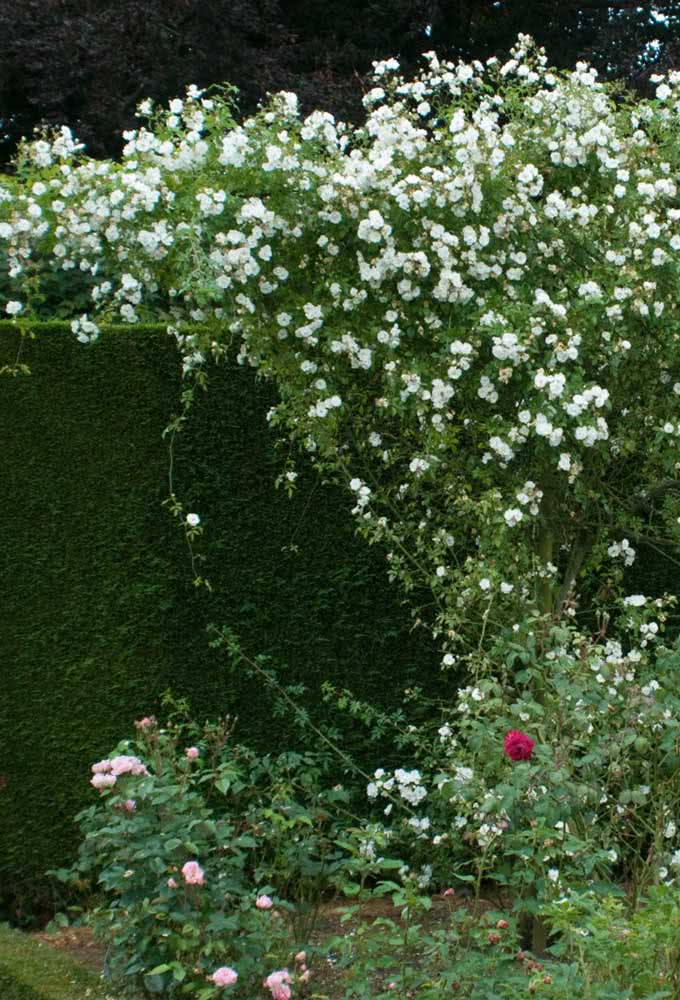Impossible not to be enchanted by the beauty of the climbing rose. This species, as the name suggests, grows and clings to nearby vertical structures. It can be a wall, a fence, a wall or a gate.
And the result could not be different: a spectacle of colors, textures and perfume!
Do you want to take this preciousness of nature to your home too? Then check out the cultivation tips and the beautiful inspirations we’ve set aside for you.
Characteristics of the climbing rose
The climbing rose is a hybrid species of the family of Rosaceae developed by the creators especially for the function of covering vertical structures. This is because the branches have greater flexibility allowing them to be molded around different structures.
With voluminous flowers arranged in bunches, the climbing rose can reach up to six meters in height.
Another characteristic of this plant is the soft perfume given off by its flowers. It is also worth mentioning that the flowers of the climbing rose can be presented in different colors, ranging from white to yellow, passing through pink and red.
The climbing rose can be used in different ways in landscaping. The most common way is to plant it close to fences and walls, causing the branches to rise and spread.
But that’s not the only way to use the climbing rose. The plant still stands out in pergolas and in the form of arches covering garden gates and entrances. However, it is important to keep the plant always with controlled growth so that the thorns do not hurt those who pass through the area.
How to care for the climbing rose
The climbing rose is a rustic plant, easy to care for. But it has some peculiarities that must be observed when planting. Check out:
Ground
The climbing rose should be planted in fertile soil with a good supply of organic compounds. The site must also have good drainage. It is also recommended to keep the seedling in clean water for two hours before planting.
The best time of year to plant the climbing rose is spring or summer.
Weather and lighting
To grow beautiful and healthy, the climbing rose needs at least seven hours of direct sunlight a day.
In other words, the climbing rose should not be planted in shady or low-light environments.
Choose a sunny spot to plant your vine rose. Despite adapting well to the tropical climate, the climbing rose prefers the temperate climate.
This means that it enjoys places with regular temperatures throughout the year, with a mild summer and constant rain, but without heavy rainfall.
The closer to the ideal climate and conditions, the better the climbing rose grows and the lower the incidence of pests and diseases on the plant.
watering
Roses like moisture but not soggy soil. The recommendation is to water the plant three times a week, on average, during the summer. In winter, the spacing between waterings should be greater, reaching only once a week.
Baby roses, that is, those that have just been planted, must be watered every day, but in small quantities. Do this until the first flowering. Then the watering can follow the scheme mentioned above.
A tip: avoid watering the rose’s flowers and leaves. Excess moisture can cause fungus in the plant.
Fertilizing
Climbing roses need regular fertilization to favor flowering. The ideal is to fertilize at least three times a year.
The first should take place right after the annual pruning, during the winter. This is the most intensive fertilization and the tip is to use cattle manure to ensure a good amount of nutrients.
The second fertilization must be done in the spring with organic and/or chemical fertilizers of the NPK 06-12-06 type.
And finally, make a fertilization in late summer. You can repeat the same fertilizer used in spring.
The fertilizer should be placed around the stem of the rose, but without touching it so as not to “burn” the plant. Make a small hole around the rose and carefully add the fertilizer.
pruning
The climbing rose is a plant that requires maintenance and aesthetic pruning.
Both are important to keep the plant healthy and beautiful at the same time.
It is recommended to carry out an annual pruning to strengthen the growth of the rose, usually in winter when the plant goes into a dormant state.
Cleaning prunings are important to remove dead, withered or diseased leaves and flowers. Always cut these branches diagonally and three nodes below the part you want to remove.
Aesthetic pruning must be carried out to direct plant growth and to control its growth.
Every three years, on average, you can make a radical pruning of your rosebush. This means cutting all the branches at the base of the plant. But don’t worry, the rose bush won’t die.
This procedure is important to strengthen the plant and renew the sprouts. Cut the branches about 25 centimeters above the graft.
How to make a climbing rose seedling
It is very easy to make vine rose seedlings. You only need a healthy adult specimen of the plant to remove a branch. Choose a woody branch and cut diagonally.
Then place this branch (remove the leaves) in a pot with earth and leave it in a bright place, but without direct sunlight. When sprouting starts, you can plant it in a definitive location.
The best thing is to make vine rose seedlings in the summer.
Potted vine rose: how to plant and care
Climbing rose can also be grown in pots, did you know? A great option for those who don’t have a garden or large open areas at home.
To plant the vine rose in a pot it is important, however, to choose a container with enough depth and width to hold the plant.
The most suitable are vases measuring between 35 and 40 centimeters in diameter.
Start by preparing the vessel’s drainage layer. You can use gravel, expanded clay, gravel and even charcoal. The important thing is that the water finds its way out and that way it doesn’t accumulate.
Then fluff the rose roots so that they expand and stick more easily to the ground.
The next step is to fill the pot halfway with fertilized soil. Next, place the vine seedling in the center and then complete the vase with soil to the edge.
Cover the potted soil with pine bark or other mulch to protect the plant root.
Then all you have to do is water every day and place the vase in a place that receives at least six hours of direct sunlight.
Fertilizing and pruning should be done in a similar way to rose bushes planted directly in the ground.
30 beautiful climbing rose images to have the plant in your garden
Check out 30 beautiful climbing rose images for you to get inspired and have this little plant at home too.
Image 1 – Can you imagine a climbing rose portal at the entrance of the house? A show!
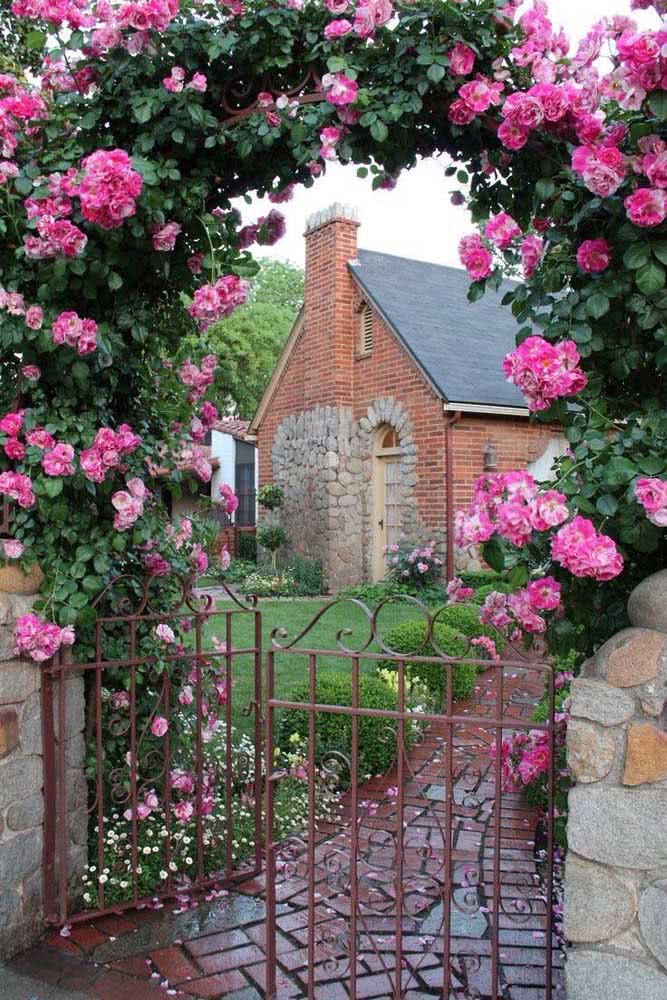
Image 2 – Use a wooden trellis to support the climbing rose.
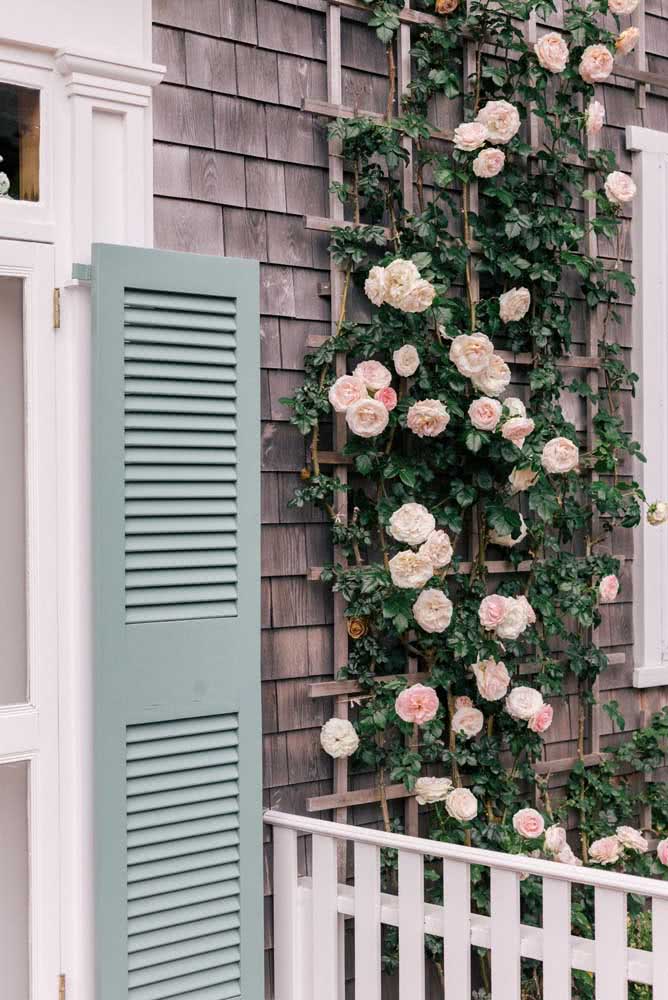
Image 3 – And if it covers the entire façade of the house? Wonderful!
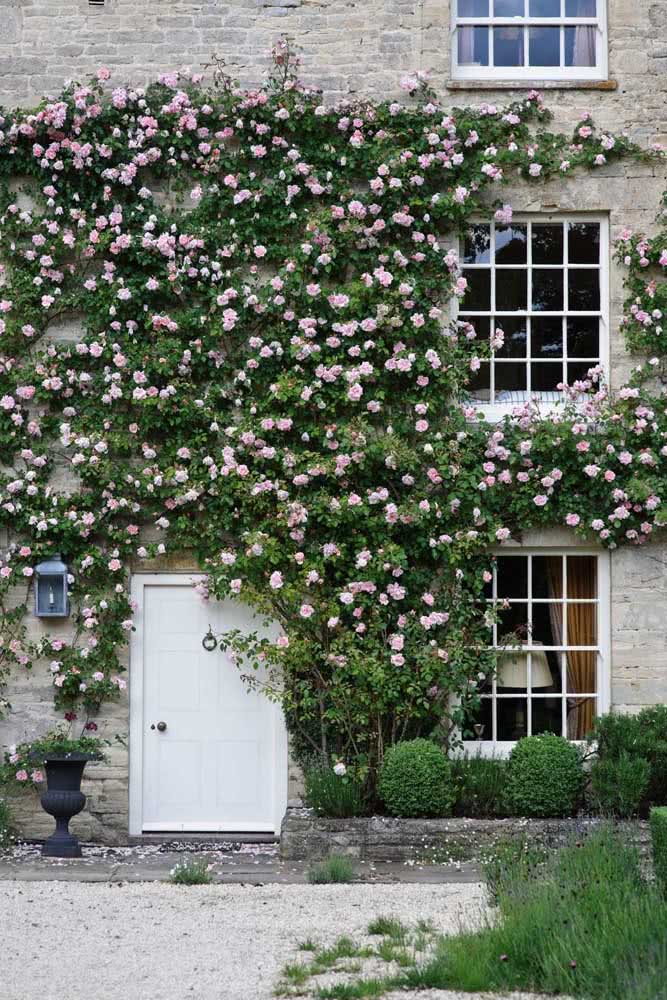
Image 4 – Climbing rose in the vase: there’s no excuse for not having this little plant at home!
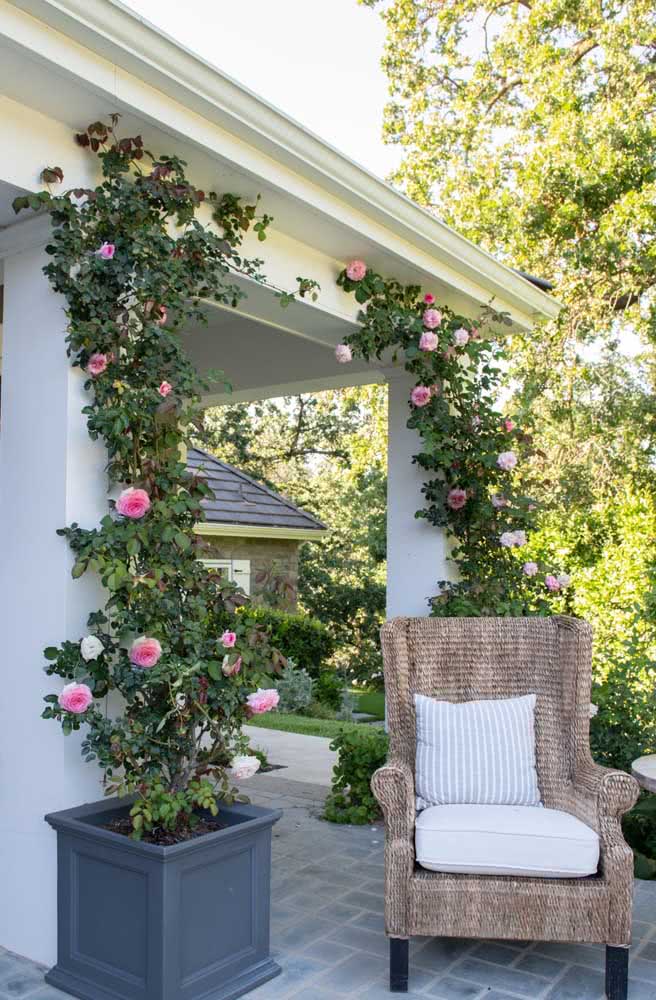
Image 5 – White climbing rose to adorn the facade of the house.
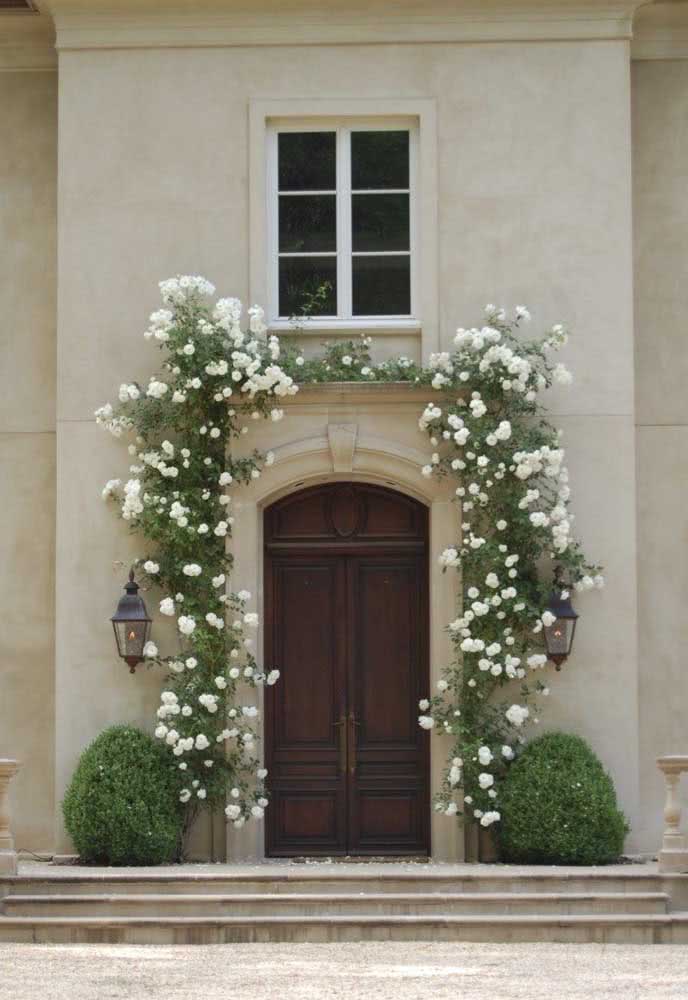
Image 6 – Red roses climbing through the window.
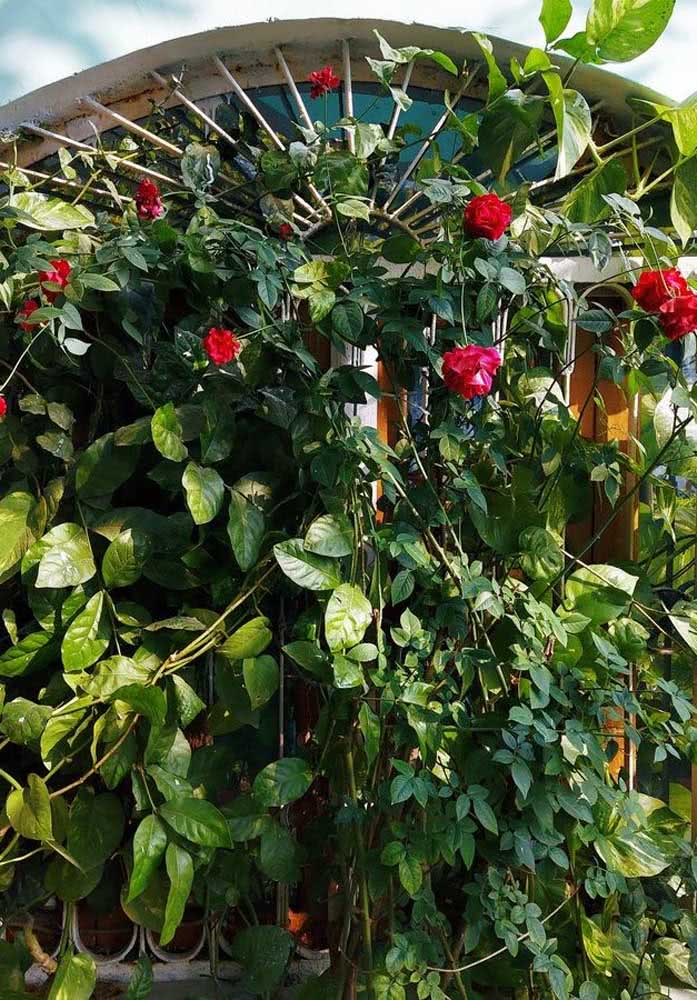
Image 7 – The brick wall was a charm only in contrast to the delicacy of the climbing rose.
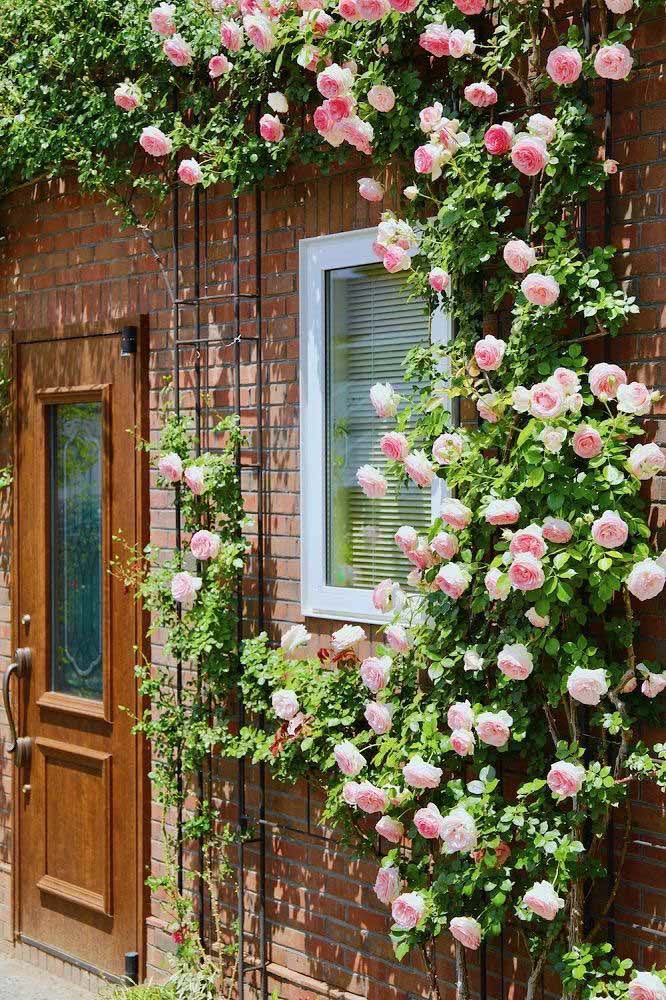
Image 8 – White climbing rose for the pergola.
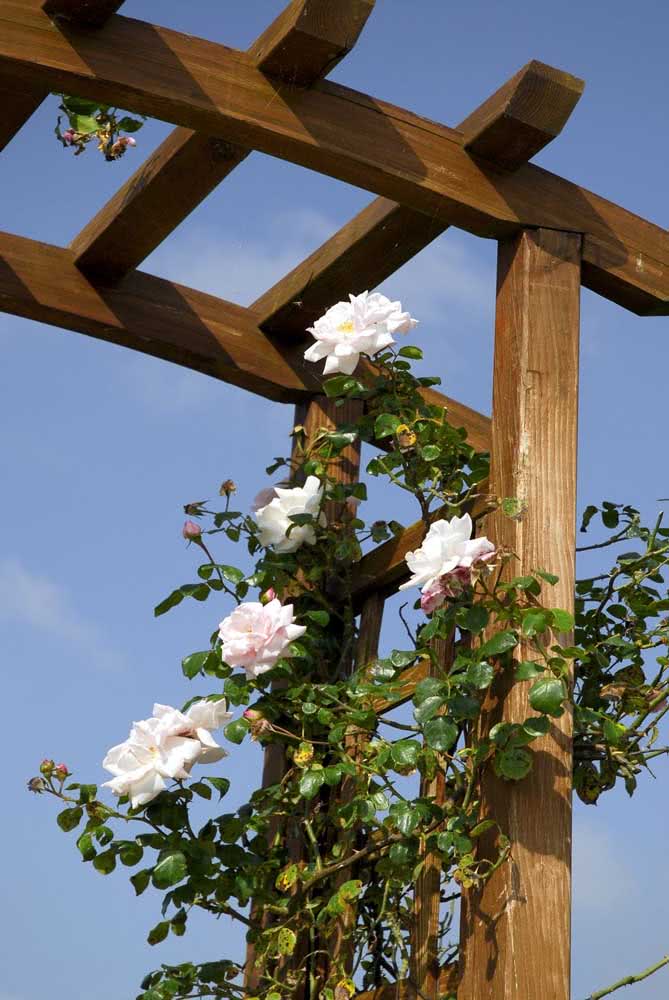
Image 9 – Roses and lavender: who resists this combination?

Image 10 – Yellow climbing rose to bring joy.
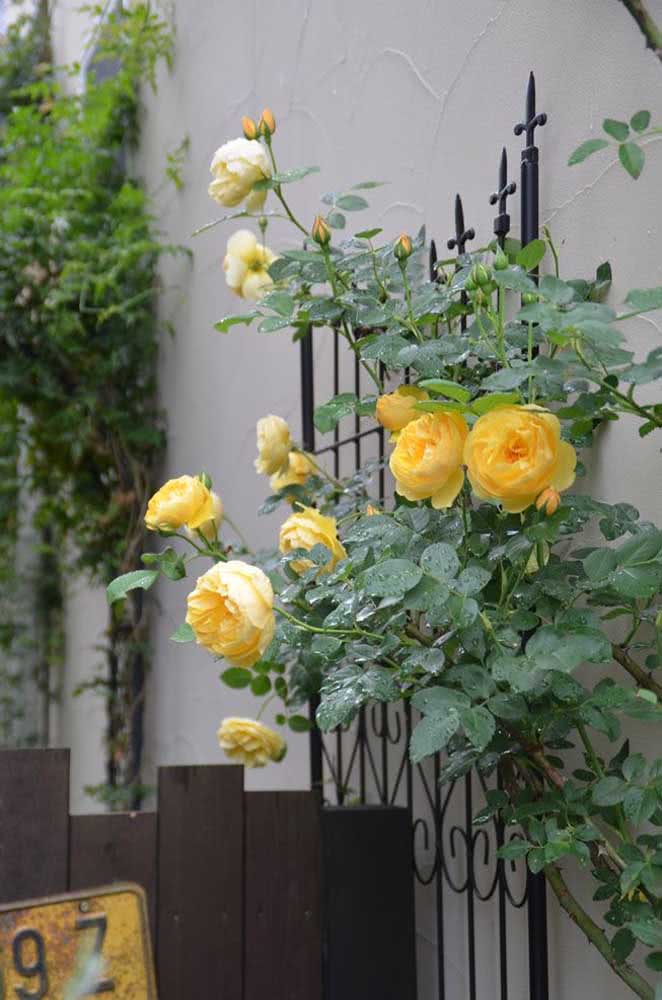
Image 11 – Just contemplate and admire, nothing else!
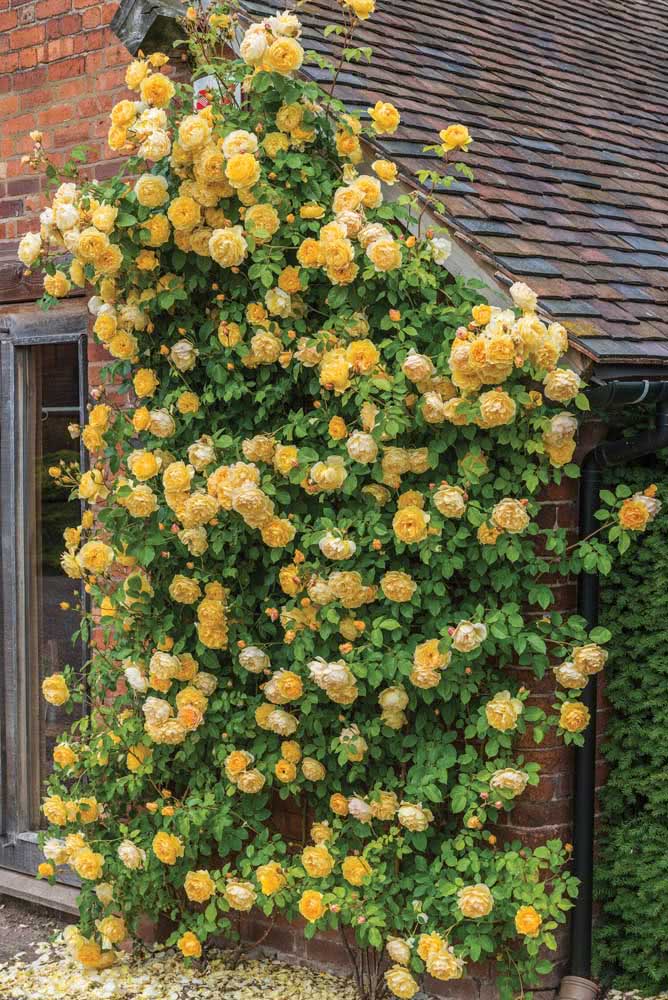
Image 12 – White climbing rose ensuring the beauty of the rustic facade.

Image 13 – Pink roses!
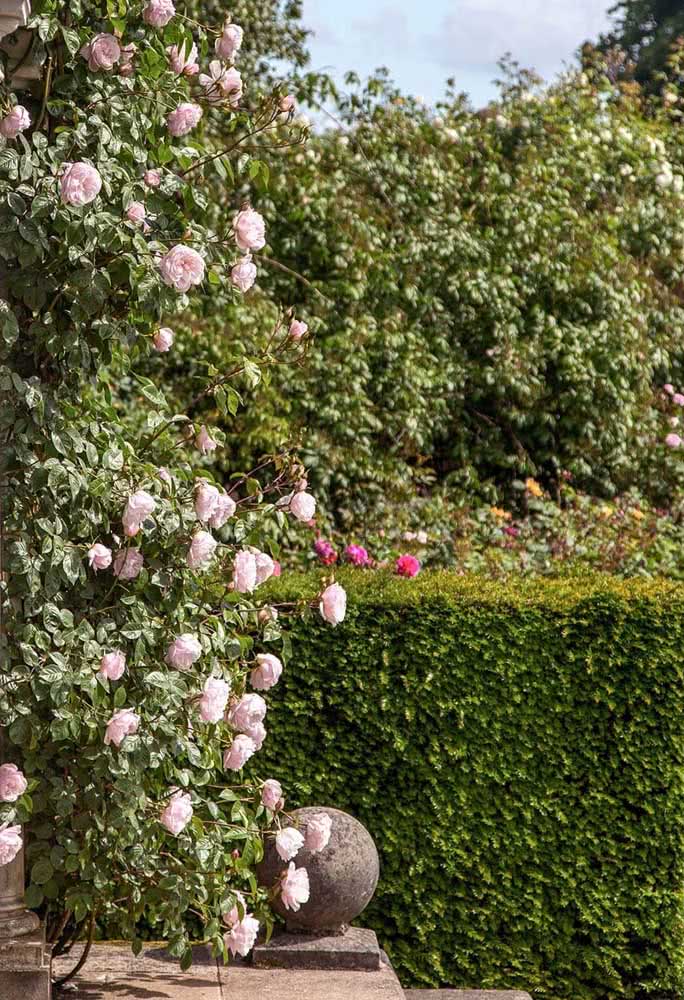
Image 14 – A path of fragrant flowers for you to pass
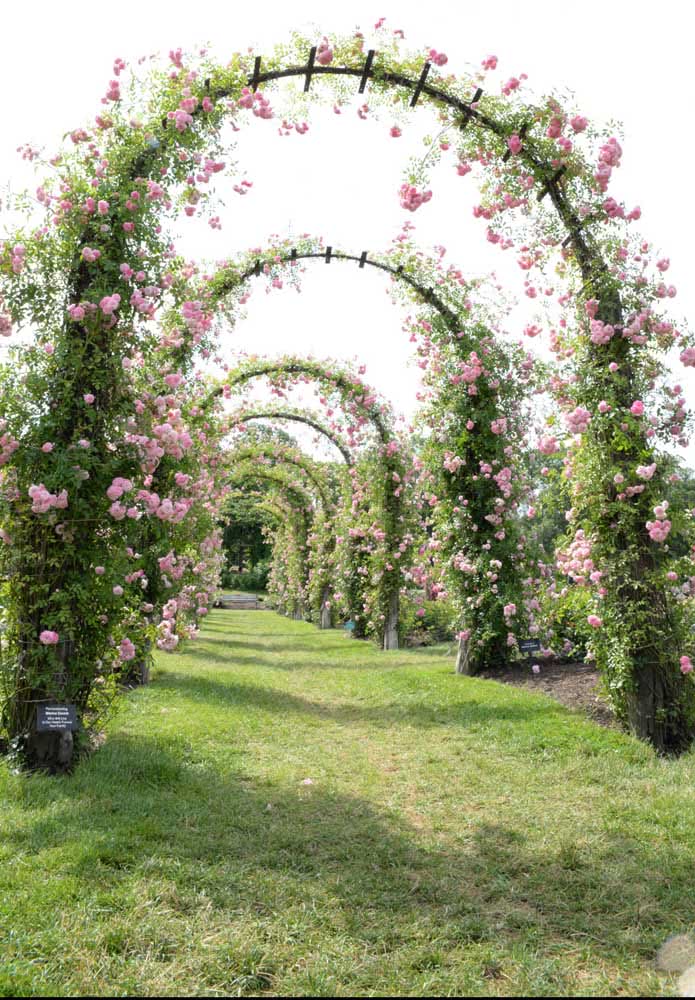
Image 15 – The columns of the house can also receive the climbing roses.
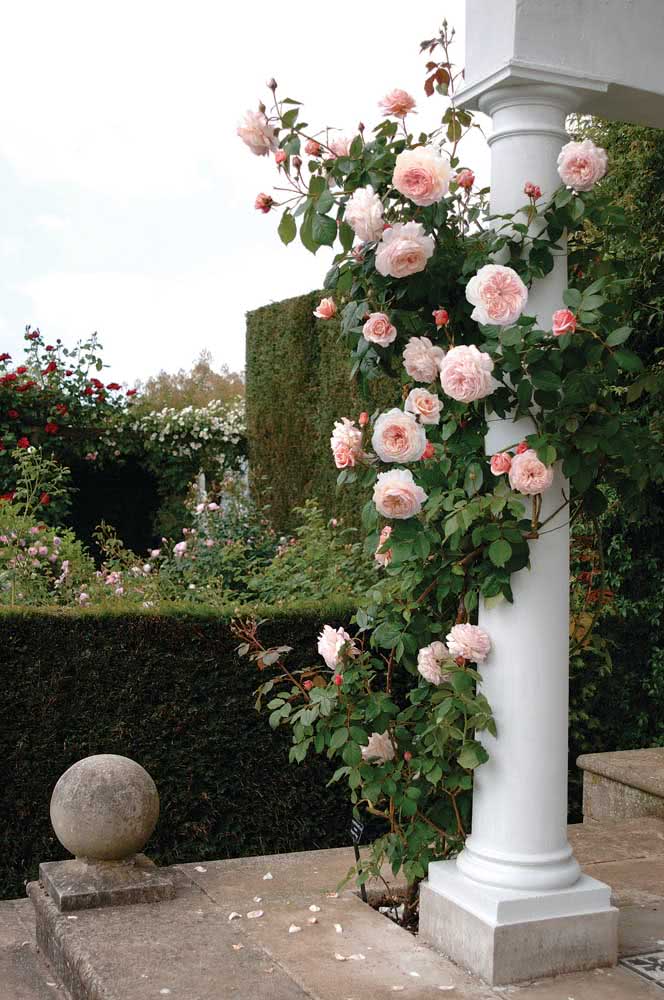
Image 16 – Combine different flowers to create an even more beautiful look.
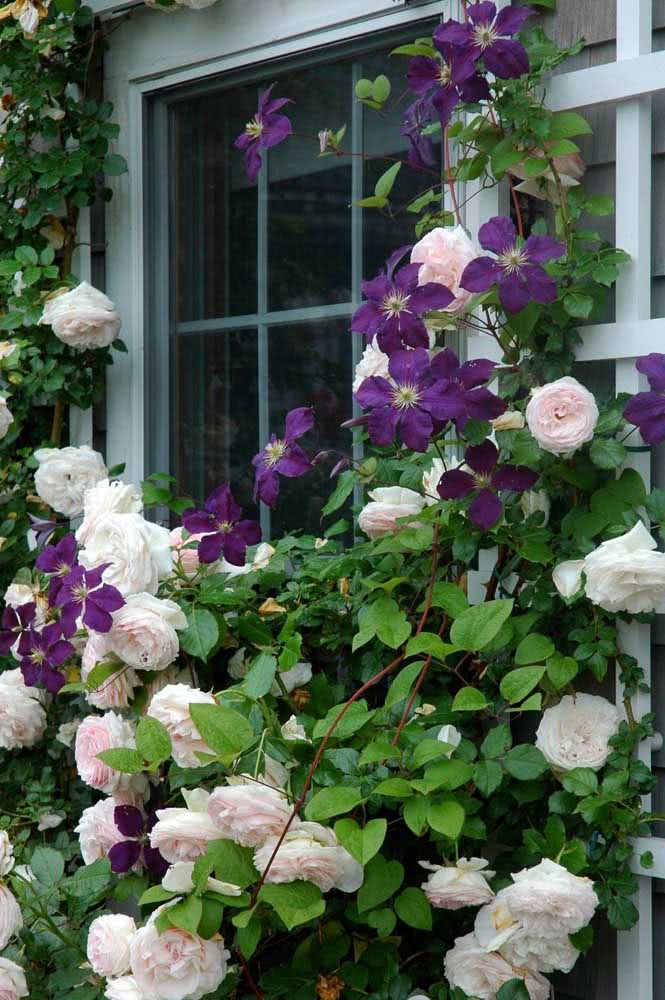
Image 17 – A bow of climbing roses to welcome those who arrive
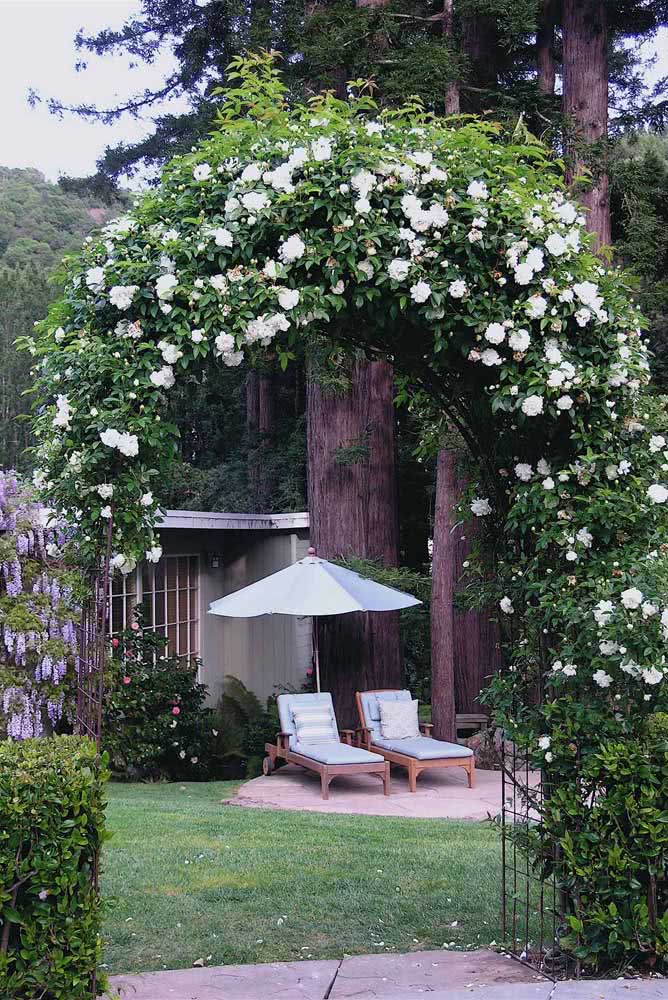
Image 18 – The path is already done!
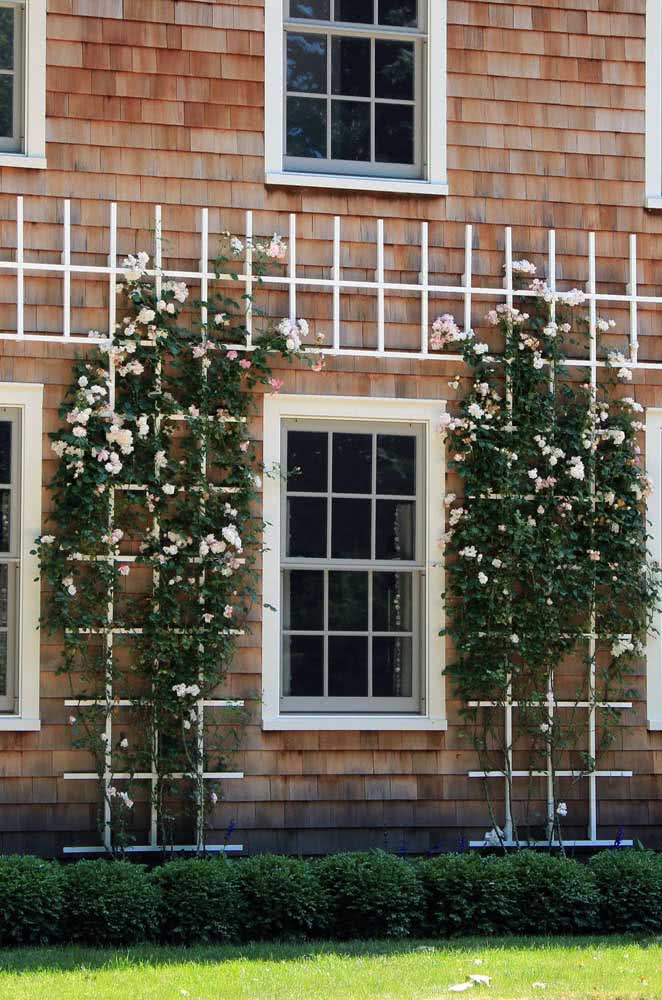
Image 19 – Here, two types of vines meet.
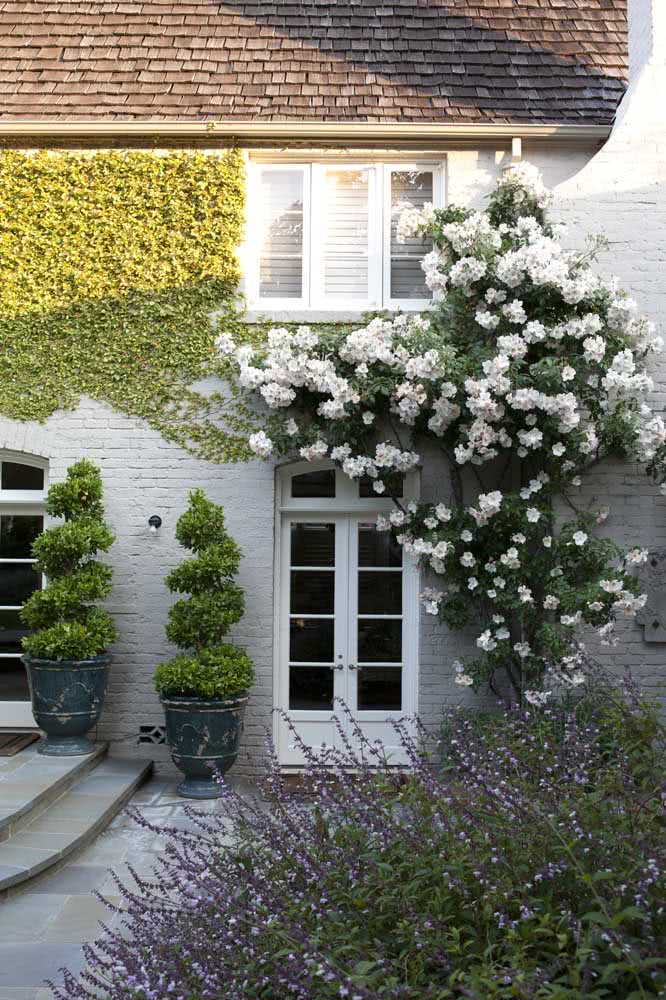
Image 20 – Rustic environments are the face of the climbing rose.
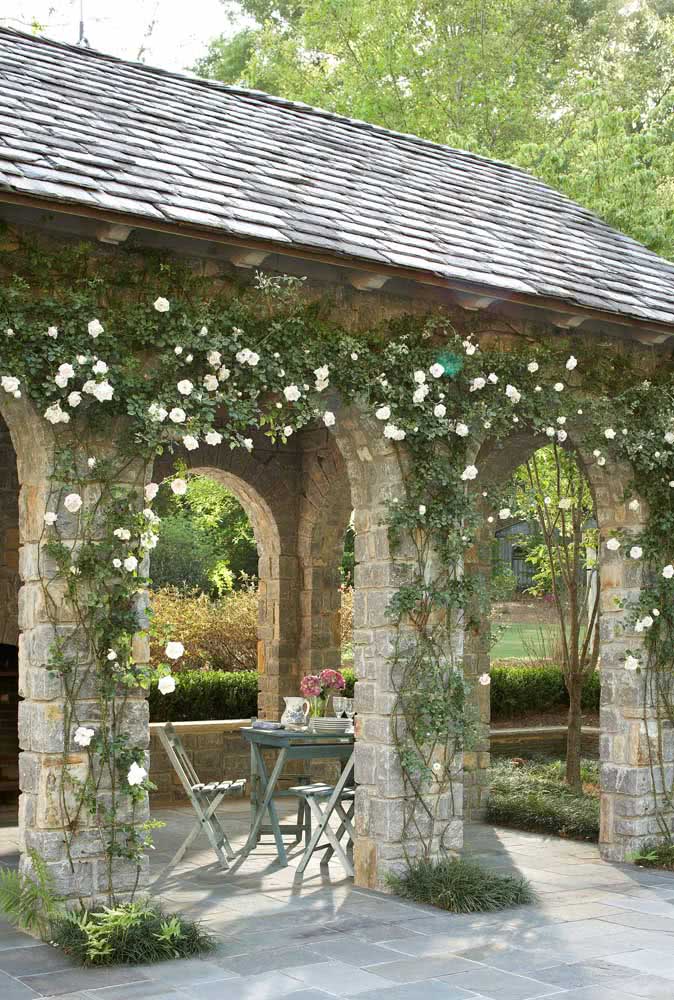
Image 21 – A beautiful contrast between the red vine rose and the gray facade.
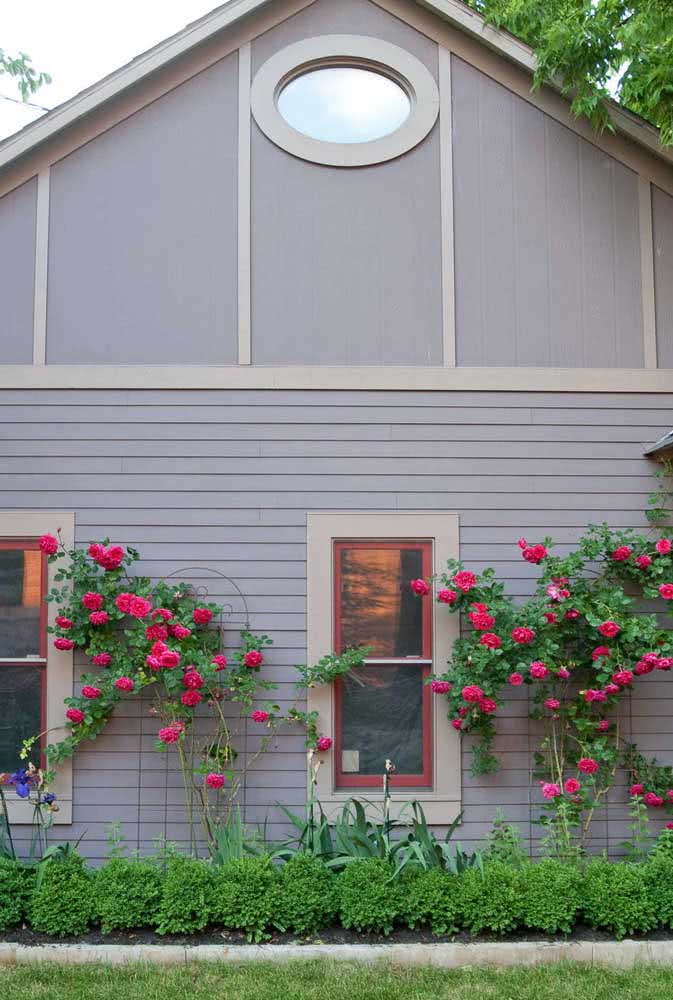
Image 22 – It seems like a lie, because it is so perfect!
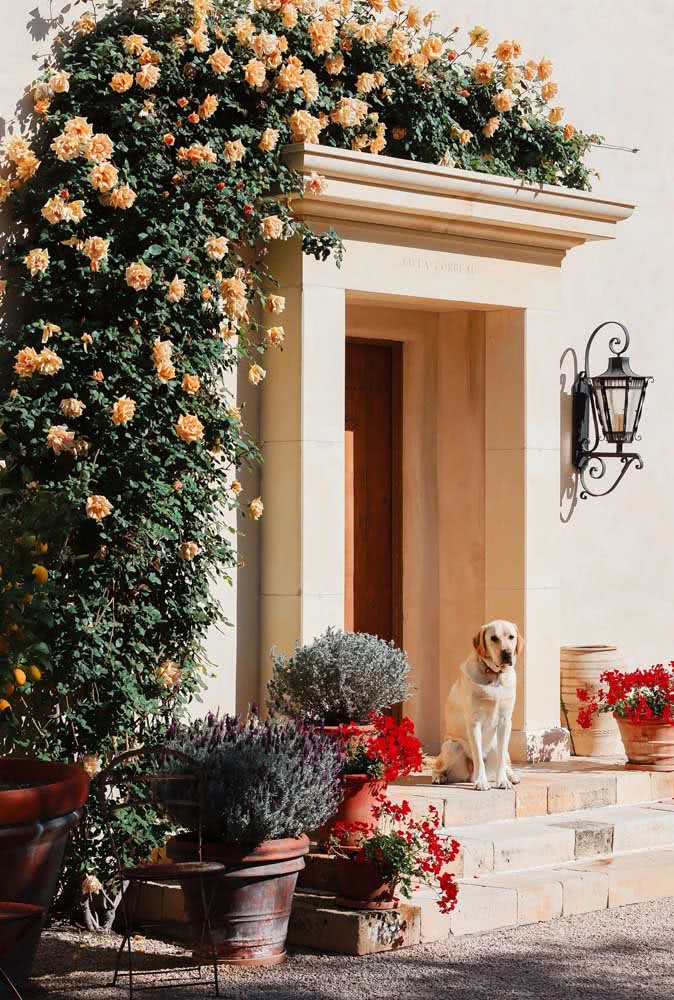
Image 23 – Climbing rose to cover the house wall
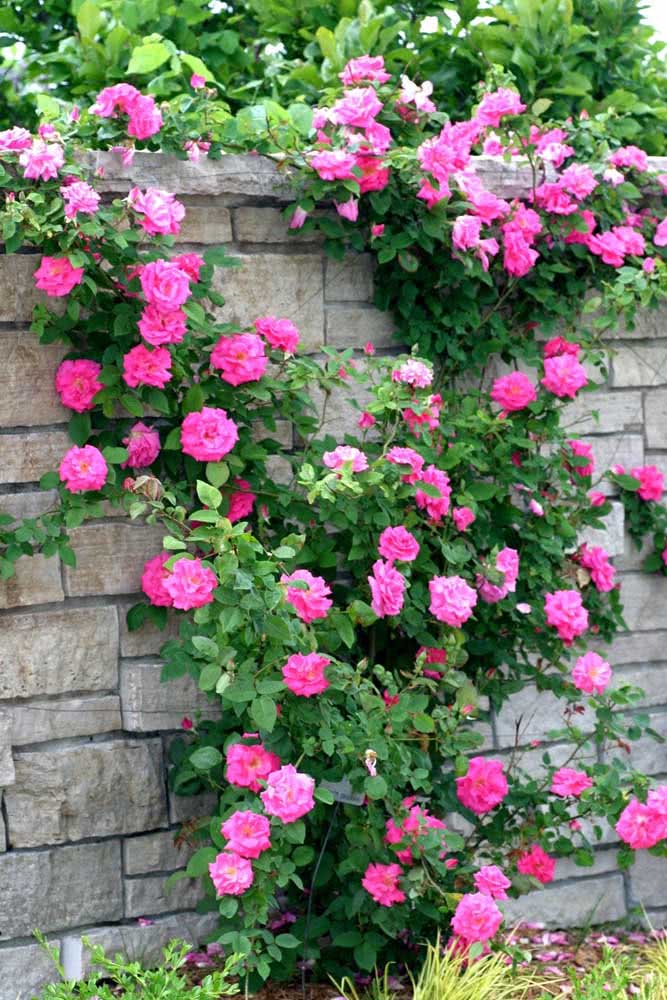
Image 24 – Growing, but already revealing all its beauty!
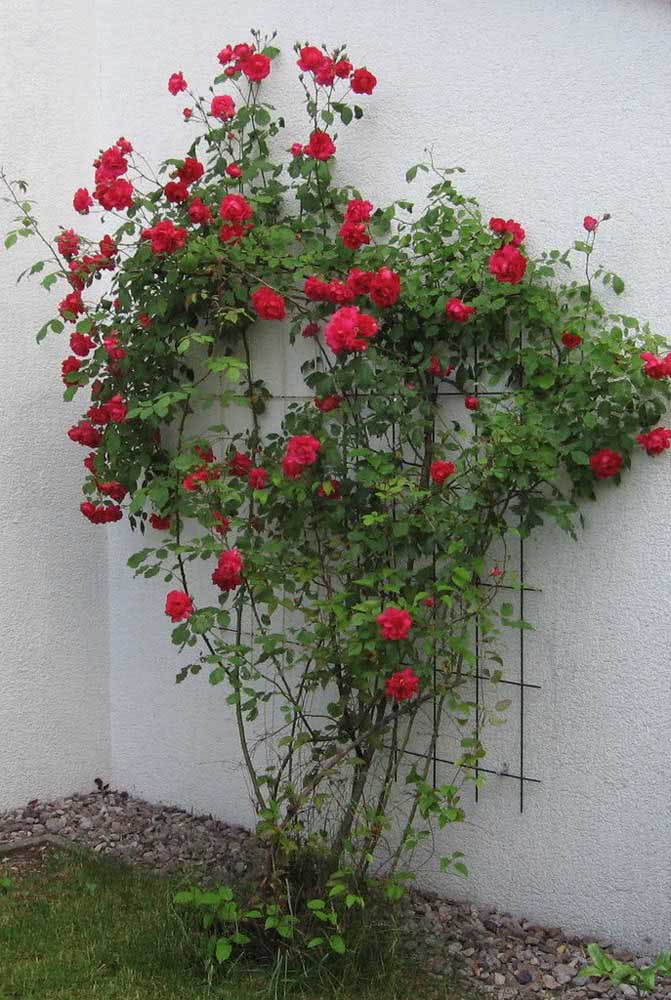
Image 25 – Be enchanted by this pergola with climbing rose.

Image 26 – Yellow roses the color of the sun
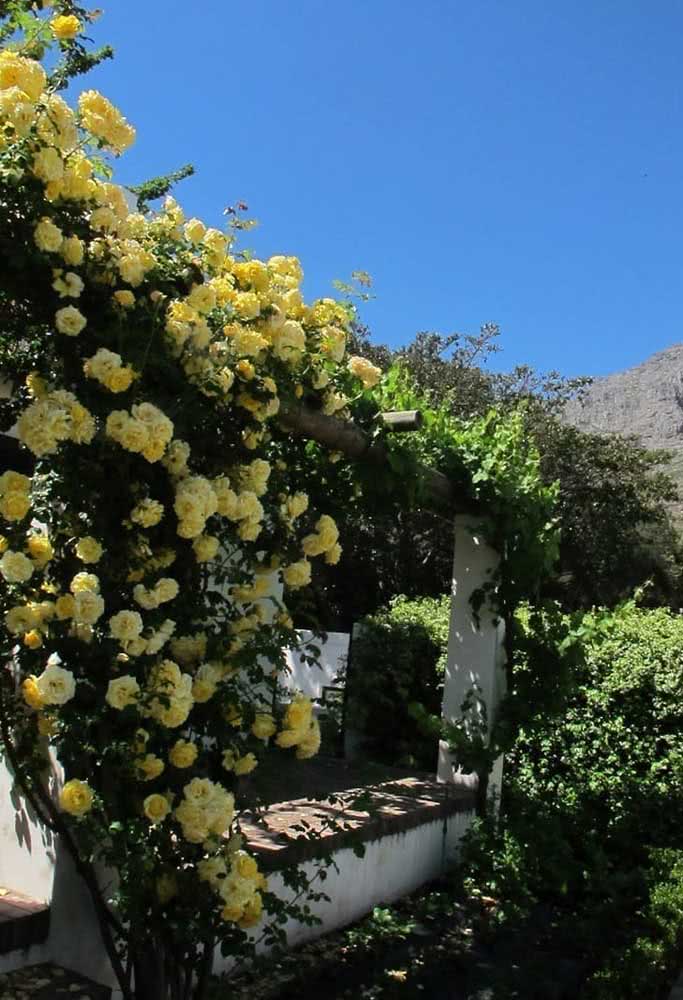
Image 27 – Use your creativity to form beautiful structures with the climbing rose
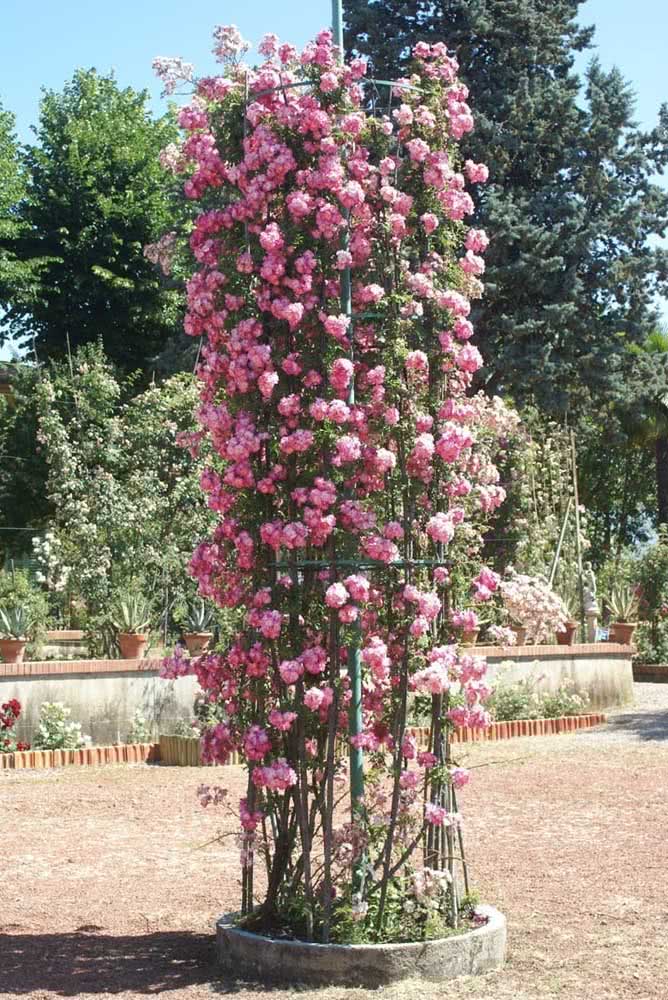
Image 28 – Let it grow!

Image 29 – A garden of fairy tales

Image 30 – Last opportunity for you to surrender to the beauty of the climbing rose
